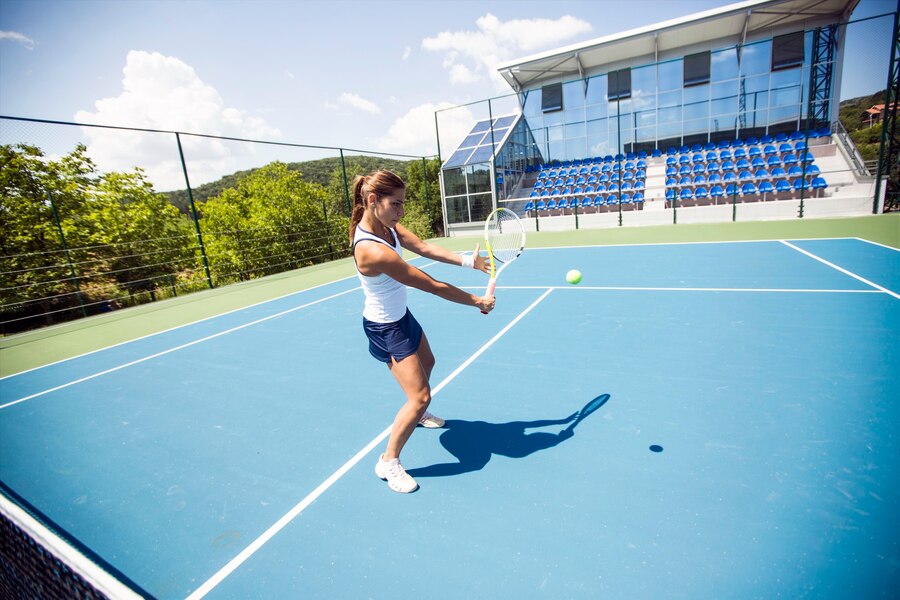The drop shot is often described as a weapon of finesse and strategy in tennis. While power and speed dominate much of the game, the drop shot is a subtle reminder that precision and deception can be equally lethal. In this blog, we’ll explore what makes the drop shot so effective, how to execute it correctly, and when to use it to gain the upper hand on the court.
Why the Drop Shot Is a Game-Changer
The drop shot is not just about tapping the ball lightly; it’s about using your opponent’s position and momentum against them. It forces them to sprint forward, often leaving them out of position for the next shot. Used correctly, it can completely disrupt the rhythm of a match.
How to Execute a Perfect Drop Shot
- Grip and Positioning: Use a continental grip for better control.
- Soft Hands: Gently brush under the ball with a loose grip to generate backspin.
- Placement: Aim for a spot just over the net and close to the sideline to make it harder to retrieve.
When to Use the Drop Shot
- Against opponents who prefer staying at the baseline.
- When your opponent is out of position.
- To break up long rallies and change the pace.
Mastering the drop shot requires practice, but once perfected, it can be your secret weapon on the court.
2. Tennis for Kids: How to Introduce the Sport to the Next Generation
Focus Keyphrase: Tennis for kids
Slug: introducing-tennis-to-kids
Meta Description: Discover the best ways to introduce kids to tennis, from choosing the right equipment to fun drills and exercises that keep them engaged and excited about the sport.
Blog Content:
Tennis is not only a great sport for adults but also an incredible activity for kids. It teaches discipline, hand-eye coordination, and teamwork while keeping them active. In this blog, we’ll explore how to introduce kids to tennis in a way that’s fun, engaging, and rewarding.
Step 1: Choose the Right Equipment
- Racket Size: For kids under 10, opt for shorter rackets (19-25 inches).
- Balls: Low-compression balls are ideal for younger players as they bounce lower and move slower.
- Court Size: Consider using smaller courts or modified lines for beginners.
Step 2: Make It Fun with Drills
- Ball Balance: Have kids balance a ball on their racket to improve coordination.
- Target Practice: Set up cones or targets for them to hit.
- Mini Matches: Keep games short and focus on having fun rather than winning.
Step 3: Encourage Regular Play
Tennis should be part of their routine, whether it’s a weekly lesson or family playtime. Encourage kids to watch matches or join junior leagues to stay inspired.
Introducing tennis to kids is about fostering a love for the game. With the right approach, they’ll develop skills that serve them well both on and off the court.

